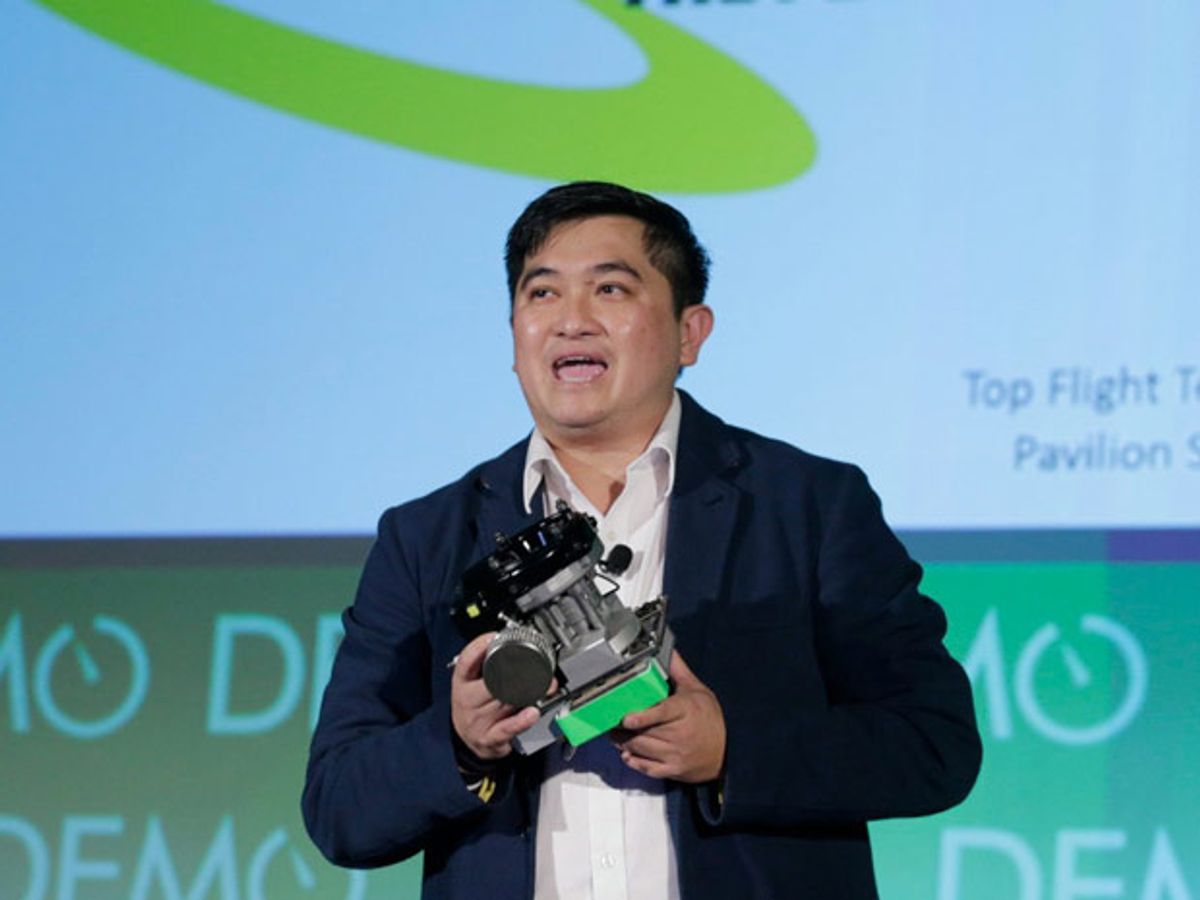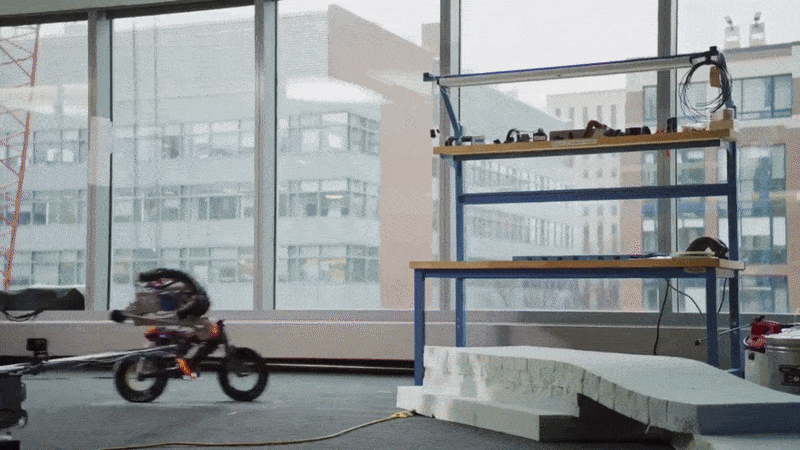The Demo conference is no longer a unique launchpad for startup companies. These days it seems like there’s a startup launch event every couple of weeks, and plenty of opportunities in between these to get a new-product fix by visiting Kickstarter or Indiegogo. But because Demo attracts a broader range of companies than many of the startup launchpads—hardware and software, consumer and enterprise—it is a good place to take the temperature of the latest trends.
At this fall’s Demo, held last week in San Jose, my thermometer read cool in terms of breakthrough technologies or product categories, but hot in the area of fixing problems with the technologies already broadly used or rapidly proliferating. And fixing a problem that nobody else has addressed, even a small one, isn’t a bad way to build a successful company, PayPal founder and now-venture capitalist Peter Thiel pointed out to the thousand or so attendees.
A few examples of potential kink-straightening techs from Demo 2014:
The problem: The flight time of today’s small drones is too short for many potential applications
The company:Top Flight Technologies
The proposed solution: a hybrid motor for drones.
Top Flight introduced small drones powered by hybrid electric motors; the company says these propulsion systems provide eight times the amount of energy as lithium batteries of the same weight. Top Flight is currently beta testing its Airborg Hybrid, and in six months to a year expects to start shipping drones that can carry nine-kilogram payloads for two hours, at a list price of $20,000 to $25,000. Top Flight’s expects its first buyers to include companies in the agriculture and insurance industries, not consumers.
The problem: Lots of apps use GPS these days, but GPS use quickly drains mobile phone batteries
The company:PathSense
The proposed solution: Used data from onboard sensors to do inertial navigation, tapping into the GPS signal only when necessary.
The idea for PathSense came out of a problem faced by the founders’ previous company—Trapster, an app that alerted users in real time to speed traps, red light cameras, and the like. Trapster’s app ran GPS in the background, quickly draining phone batteries—once users figured that out, many deleted the app. PathSense is hoping to help other app-makers avoid this pitfall by creating a mostly inertial navigation system that taps the multiple sensors on the phone, and pairs that information with map data and the company’s own algorithms to pinpoint location; only checking in with GPS when the algorithm’s conclusions and the map data conflict. The company says it can provide accurate location information using 90 percent less energy than GPS alone. PathSense is planning to offer its technology to app developers, and says it can be inserted in any app with just a few lines of code.
Inertial navigation, of course, is nothing new, but in the past has had accuracy issues. PathSense representatives told me that the time is right to take another look at the technology, because devices carry more sensors today than ever before, the accuracy of those sensors has improved, and available street map data is vastly better than it was just a couple of years ago. And, they indicated, PathSense is putting a lot of effort into calibrating the sensors of the various brands and models of phones, a project that, they hope, will make jumping into this business harder for competitors.
The problem: People have come to rely on messaging apps, but they fall apart when you most need them—at a crowded event when everybody is messaging each other
The company: MeshMe
The proposed solution: create a mesh network that connects users directly
MeshMe’s founder, Jory Schwach, apparently has trouble finding his friends at music festivals. At least, that’s the main use case he sees for MeshMe, an app that bypasses cell phone and WiFi networks and uses the WiFi, cell network, and Bluetooth signals sent by mobile devices to create an independent peer-to-peer network; the app also locates users on a map to improve their ability to find each other (and perhaps stop texting and start talking face to face). MeshMe is available now as a free app for Apple iOs; an Android version is in the works.
The problem: Online shoppers order clothes that don’t fit
The company:LikeAGlove
The proposed solution: Dresses and other garments that take their own measurements

LikeAGlove’s Smart Garments are made out of spandex and conductive fibers, and have built-in transmitters that send a wearer’s exact measurements to a smartphone app. The company thinks online retailers eager to reduce returns will offer the smart garment to its customers essentially for free—or, say, for $20 that will be credited to the next purchase of real clothes. I’m actually thinking there would be more interest in this product from fitness buffs looking to track progress than online shoppers, but company CEO Simon Cooper is focused on the online retail market.
The problem: IoT devices don’t play nicely together
The company:Yonomi
The solution: connect everything through an app

Yonomi’s trying to make it easy to make your devices work with each other; the app searches your home (and body) for IoT gadgets, and then allows you to set up sequences of events, say, when your wearable detects you waking up, turning on lights, playing music, or, perhaps, talking to you over your Sonos sound system. The app is available for Android now, and an iOS version is coming.
Yonomi’s approach seems straightforward, but it may be ahead of its time; Nest founder Matt Rogers pointed out at a later Demo session that few people have more than two IoT devices in their homes, and it’s the rare few today that want to create programs linking those devices, they would much rather that their smart gadgets take care of themselves without bothering the user.
Tekla S. Perry is a senior editor at IEEE Spectrum. Based in Palo Alto, Calif., she's been covering the people, companies, and technology that make Silicon Valley a special place for more than 40 years. An IEEE member, she holds a bachelor's degree in journalism from Michigan State University.



